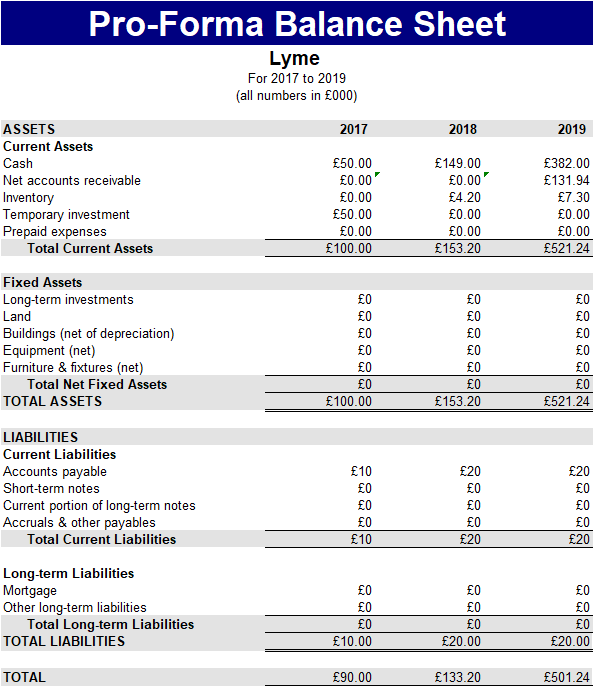· Jack Young · Education · 4 min read
Unit 1 (M3): Preferred Learning Style
VAK stands for Visual, Auditory and Kinesthetic. VAK is there so that people can find out what learning style they are.

VAK
VAK stands for Visual, Auditory and Kinesthetic. VAK is there so that people can find out what learning style they are. A way that they can do this is by completing a questionnaire. The importance of this system is so that people can have a better understanding on how there brain likes to work.
Visual
Visual learners have two sub-channels linguistic and spatial.
Learners who are visually-linguistic like to learn through written language such as reading and writing tasks. They remember what has been written down, even if they do not read it more than once. They like to write down directions and pay better attention to teachers if they watch them.
Learners who are visual-spatial usually have difficulty with the written language and do better with charts, demonstrations, videos, and other visual materials. They easily visualise faces and places by using their imagination and rarely get lost in new surroundings.
Auditory
Auditory learners often talk to themselves. They also may move their lips and read out loud. They may have difficulty with reading and writing tasks. They often do better talking to a colleague or a tape recorder and to hear what is being said.
Kinesthetic
Kinesthetic learners do best doing physical activities such as movement and touching. If there is no enough movement, they tend to lose concentration. For example, when listening to teachers they may want to take notes for the sake of moving their hands. When reading, they like to scan the material first, and then focus in on the details. They typically use colour high-lighters and take notes by drawing pictures, diagrams, or doodling.
How can VAK Aid Personal Development?
Explain how an awareness of learning style can aid personal development (M3)
If you know your preferred learning style, then this can benefit you greatly. This will allow you to learn new things and adapt to a new working environments. Furthermore, it will help you make changes to your behaviour to become a better volunteer. This is so you know how you learn best so you can find a way to work better and efficiently knowing that it will help you.
If you are aware of what styles work best for you, then you can ask your teachers to add those kinds of materials to their lessons where possible. For example, if you are a visual learner and you attend a class where the teacher merely speaks, then you might ask the teacher to write on the board or use overheads. In addition to taking notes during the class, you might later use colours to highlight important points and make charts or diagrams that summarise your notes. If you are an auditory learner, you could make audio recordings of your teacher to listen to later, or read some of your notes or textbooks out loud. In this way you can combine visual, auditory and kinaesthetic learning. In addition to this, being aware of your learning styles can help you when you are the teacher yourself; if you know what other students learning styles are, you can adapt to that and not only make planning your lessons easier for you, but it helps students learn easier too.
Learning styles can help you learn more effective because you can plan ahead of your lessons. As I said before, if you are a teacher and you are aware of students learning style, then you can adapt to that and make your lesson fit for every learning style. This is the effective because no longer students are called ‘slow workers’ because they are not learning their preferred way. Instead of having revision lessons because some of his students forget, you can instead make a more effective lesson where students will remember more, like a role-play or a colourful diagram.



